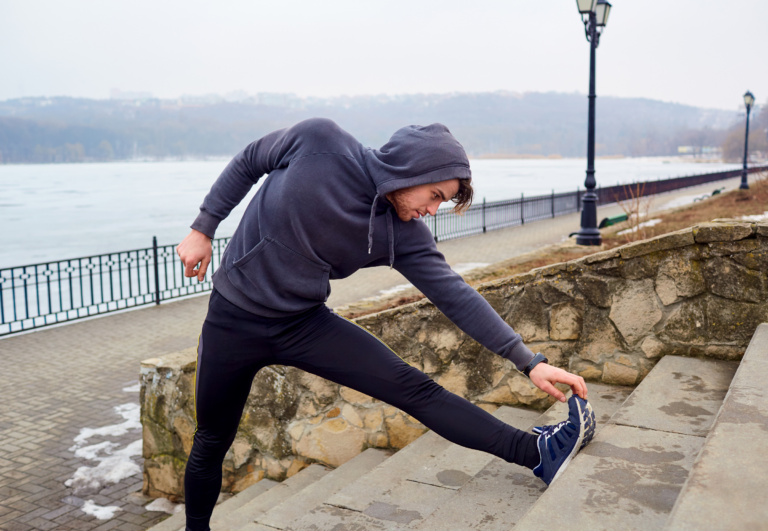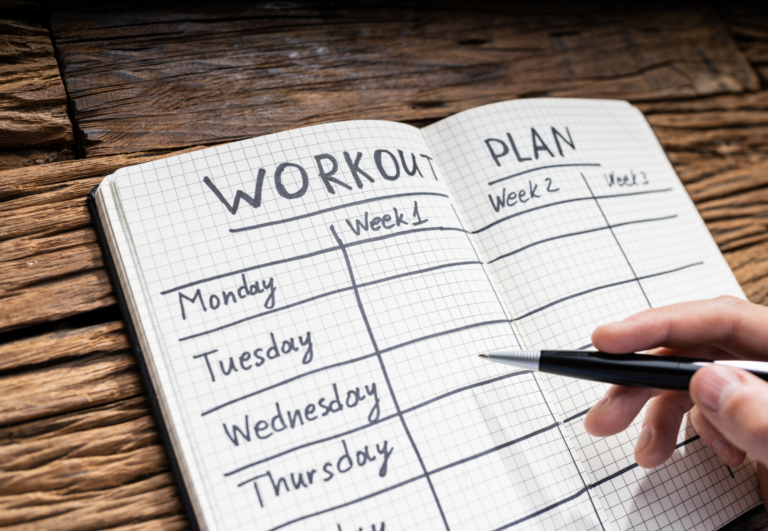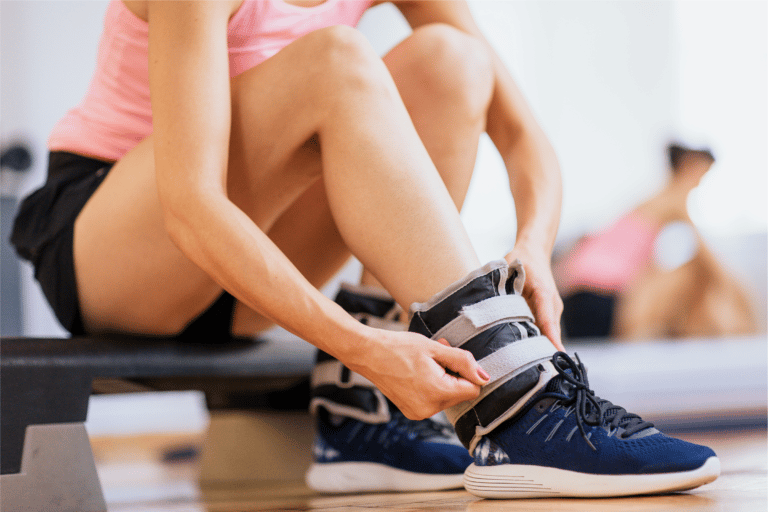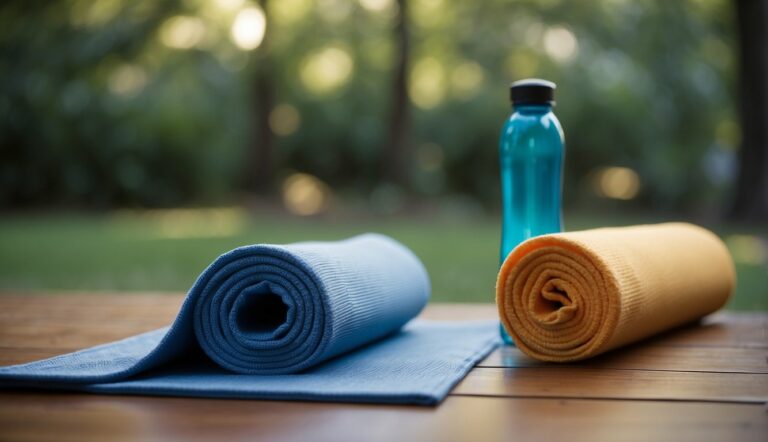Warm-up vs. Cool-down in Running: How Each Can Benefit Your Routine
In the world of running, properly implemented warm-ups and cool-downs are pivotal for an optimal exercise experience. Warm-up exercises gently prepare your body for the physical stress of running by increasing your heart rate and circulation. This gradual process helps to loosen the joints and increase blood flow to the muscles, which can prevent injuries and improve performance.
On the opposite end, cool-down exercises are equally important. After a run, your body needs to gradually transition to a resting state.
A proper cool-down, which may include slowing down your pace and performing stretches, helps to reduce the buildup of lactic acid, which can cause muscle cramps and stiffness. It also promotes recovery and assists in maintaining the flexibility of the muscles.

Warm-Up vs. Cool-Down for Runners – What’s the Difference?
Before you take off on your run or wind down at the end, it is essential for your body to undergo specific routines that prepare and repair your muscles, regulate your heart rate, and optimize your performance.
Understanding Warm-Up
To engage in a proper warm-up, you should aim to increase your heart rate gradually, which enhances blood flow and raises the temperature of your muscles. This process not only primes your muscles with oxygen but also increases their flexibility and range of motion, making them less prone to injuries. A well-structured warm-up typically includes:
- 3 to 5 minutes of walking or light jogging
- Dynamic stretches: such as leg swings or walking lunges
- Strides: short bursts of running at an increased pace
Role of Cool-Down
Conversely, a cool-down serves to gradually lower your heart rate and help your muscles to recover. Post-run, it is crucial to engage in activities that assist in reducing lactic acid buildup and prepare your muscles for rest. A cool-down routine typically includes:
- 5 to 10 minutes of walking or gentle jogging to bring down the heart rate
- Static stretches: focusing on major muscle groups for improved flexibility
Benefits and Techniques
Incorporating effective warm-up and cool-down routines into your exercise regimen can significantly enhance performance and reduce the risk of injury. Here’s a brief guide on why these practices are beneficial and which techniques to use.
Benefits of Warming Up
Warming up increases blood flow to your muscles, preparing them with oxygen for optimal performance. This process elevates muscle temperature, improving flexibility which can help prevent injuries.
Start your routine with dynamic stretching to loosen muscles and remove stiffness, integrating movements such as lunges and gentle plyometrics.
Key Warm-Up Exercises:
- Leg lunges
- Arm circles
- Light jogging or cycling
- Dynamic stretches (e.g., leg swings)
Cool-Down Advantages
A gradual cool-down helps your heart rate and blood pressure return to resting levels, aiding recovery. Post-exercise, the goal is to minimize lactic acid build-up, reducing potential muscle soreness. Although research continues to evolve, cool-down exercises remain integral for many athletes to effectively transition out of intense physical activity.
Key Cool-Down Exercises:
- Gentle jogging or walking
- Light stretching
- Deep breathing exercises
Key Stretching Exercises
Engage in static stretching post-workout to aid muscle recovery. Focus on target areas that were heavily used during your run, holding each stretch for about 15-30 seconds. This can help improve overall flexibility and strength as part of your exercise routine.
Static Stretching Exercises:
- Hamstring stretch
- Calf stretch
- Quadriceps stretch
- Shoulder stretch
Practical Warm-Up and Cool-Down Strategies
Before beginning your running session, it is crucial to prepare your body through warm-up techniques and to help it recover afterwards with cool-down routines. Optimizing these practices can amplify your performance and reduce the risk of injury.
Creating an Effective Routine
To create a warm-up routine, focus on dynamic stretches like leg lunges and skips that prime your muscles for the aerobic activity ahead.
Begin with a brisk five-minute walk to get the blood flowing and oxygen circulating more efficiently through your blood vessels. Then, transition into light jogging and incorporate dynamic stretches and simple agility drills. It’s beneficial to include a personal trainer in designing a warmup tailored to your needs, especially if you’re a beginner or dealing with specific weaknesses.
For a cool-down, reverse the process. Slow your run down to a leisurely jog and then to a walk. Spend at least five minutes walking to bring your heart rate down and then employ static stretches and foam rolling to aid your muscles in recovery. This helps to regulate your breathing and return your body to its pre-exercise state.
Adjustments for Different Running Styles
Long-Distance Runners: Your warm-up should incorporate a longer, low-intensity jog and stretches that mimic running movements. Your cool-down could include a slow jog reducing to a walk over 10-15 minutes to gradually lower your heart rate.
Sprinters: Since sprinting is high-intensity, a proper warm-up could include quicker, explosive movements such as high knees and butt kicks to prepare your muscles. Post-sprint, actively walk and perform long stretches to transition smoothly back to rest.
Trail Runners: Focus on dynamic stretches that improve balance and flexibility, considering the uneven terrain you’ll encounter. Cool-downs should slowly decrease your pace and might benefit from balancing exercises to help stabilize muscles used on trails.
By integrating these warm-up and cool-down strategies into your exercise routine, you can enhance your physical activity results while safeguarding your body against injuries.
Injury Prevention and Performance Enhancement

To excel in running, you need to prioritize injury prevention and performance enhancement. Proper warm-ups and cool-downs are pivotal for safeguarding joints and tendons and for boosting your athletic prowess.
Minimizing Injury Risks
Warm-ups are critical to prepare your body for the demands of running. They gradually elevate your heart rate, increase blood flow to your muscles, and reduce stiffness in your joints. Start with dynamic exercises like leg swings and lunges to get your body ready for action.
Integrating a hamstring stretch, quad stretch, and calf stretch can also aid in preventing muscle strains. Remember, a good warm-up doesn’t just prepare you physically but also mentally, allowing you to focus on the activity at hand.
| Stretch | Duration | Description |
|---|---|---|
| Hamstring stretch | 30 secs | Helps prevent tightness and imbalances |
| Quad stretch | 30 secs | Supports knee joint stability |
| Calf stretch | 30 secs | Reduces risk of Achilles tendon issues |
Boosting Athletic Performance
Cool-downs after running sessions prolong the benefits of your effort and assist in workout recovery. They help to remove lactic acid build-up in the muscles, reducing soreness and stiffness.
Perform gentle cool-down exercises like walking or slow jogging followed by static stretches to help your muscles relax and recover. This can contribute to improved flexibility, and over time, enhance your running performance. Consistent attention to cool-down routines also supports long-term injury prevention, crucial for all athletes.






